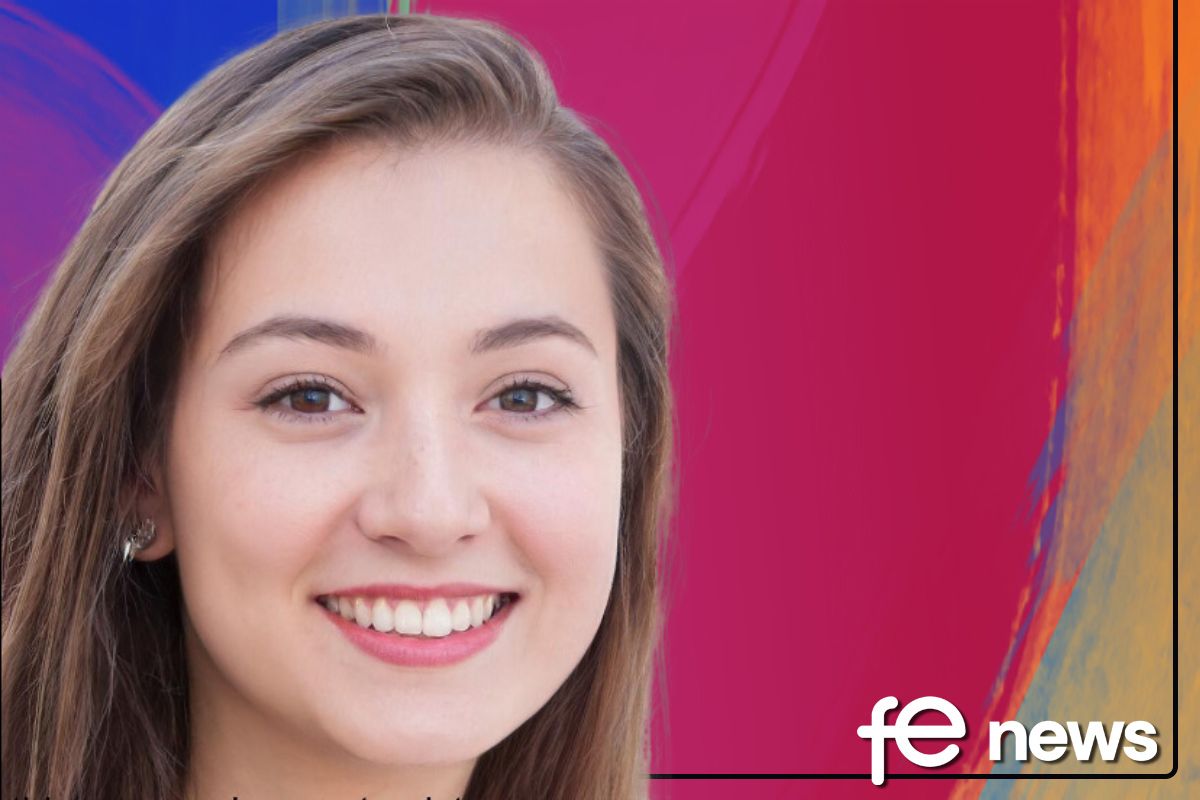Making resources accessible and inclusive for all learners

Look around the average campus today and it’s likely you’ll find provision for people with physical disabilities, such as ramps for wheelchairs and walking aids.
But what about those disabilities you can’t see, like dyslexia and Asperger’s? Invisible or unknown disabilities can create barriers to success in learning, and sometimes remain undiscovered for years: it’s not uncommon for learners to be diagnosed with a difficulty only when they continue into further education (FE) or higher education (HE).
These disabilities are often far reaching. To take print impairments as an example – an umbrella term for a range of barriers to reading print, including dyslexia, learning difficulties and problems that prevent the learner from actually holding a device to read or turning pages – it’s estimated about 10% of people in the UK fall into this category. Taking those who have English as an additional language into consideration, the number having difficulty accessing print materials could be as high as 25%.
Technology enabling inclusive practice
It’s crucial you make sure that content and materials for learners is as diverse and varied as the students themselves.
Inclusive practice is essentially providing content that is accessible to as many people as possible, ensuring that a diverse range of students can use, access and contribute to content in a meaningful way.
Technology is a significant enabler in supporting inclusive practice. It offers a range of alternatives to printed text and supports better collaboration and sharing to improve the inclusivity of your learning resources, helping students with disabilities to access the curriculum.
Here are my top tips to using technology to support learners with invisible disabilities.
- Provide transcripts – audio and video content can be difficult for learners with hearing impairments to access. Providing transcripts gives them another way to access this content.
- Think about structure – well-structured documents that use built in heading styles are much easier to navigate for all users and in particular students with a print impairment. They provide an interactive contents list that benefits everyone. Microsoft office applications now have an accessibility checker that helps to create more accessible content. Make sure you know of these features and how to enable them
- Make use of supporting software – creating non-standard learning materials for students with vision or hearing problems doesn’t have to be timely or costly. Check out some of the free and paid-for applications available that can be used to widen access to the curriculum. AudioNote is a good example of an app offering a combined notepad and voice recorder to capture lectures and easily listen back to a particular point in the recording – great for dyslexic learners who can find written note taking frustrating and distracting. Apps that are compatible with sound enhancing features when you listen back can also be a major enabler for deaf students.
- Create learning content that can be reframed – some people with disabilities find the format of learning materials is the biggest barrier to being able to access them. If they can use a different device or medium then barriers are reduced or even removed. For example, listening to a written document read out loud can be just as effective as reading for some students.
- Make resources available online, on time – providing ‘just in time’ information on online learning platforms supports learners with disabilities to access all the content they need, in formats most useful to them, at any time. Virtual learning environment (VLE) with up-to-date information allow students to go back and recheck content if they think they might either have missed or misheard.
- Use technology to support collaboration – working with others is a crucial employability skill and provides opportunities for deep learning and developing and testing of ideas, but sometimes disabled students can find this difficult to do, particularly those with social disabilities such as autism. Where users are confident in using technology, this can lay a good foundation and give them assurances to support their interactions with fellow learners and in turn develop their interpersonal skills.
Lisa Featherstone is a subject specialist at Jisc, which provides digital solutions for UK education and research











Responses